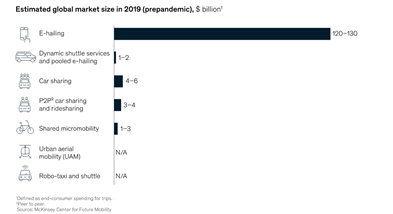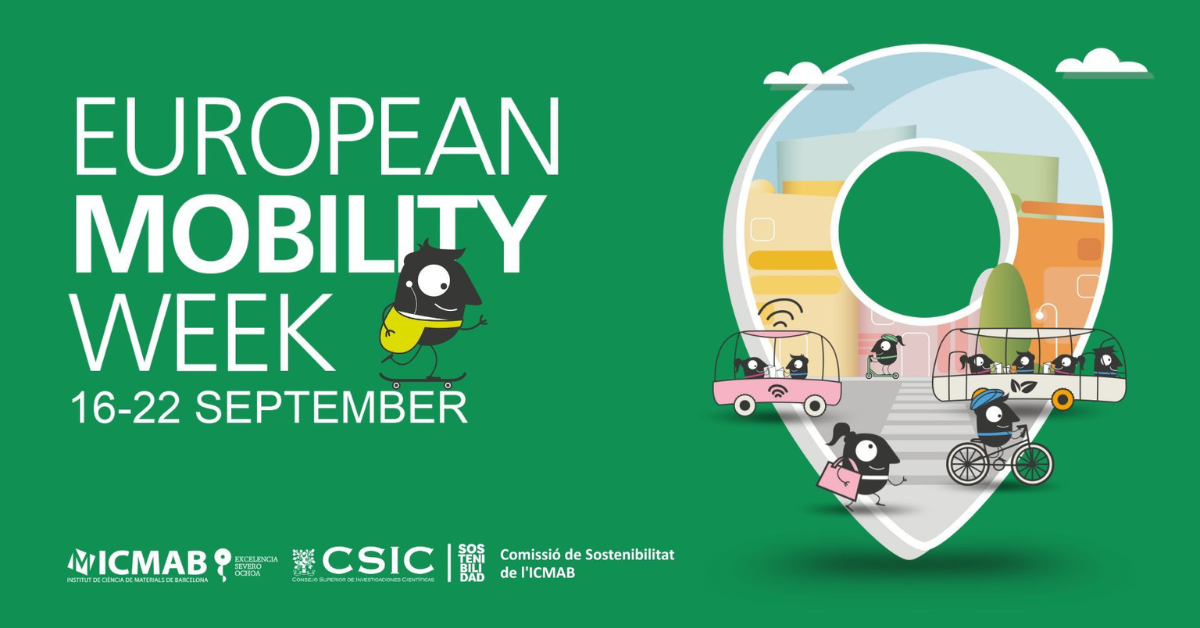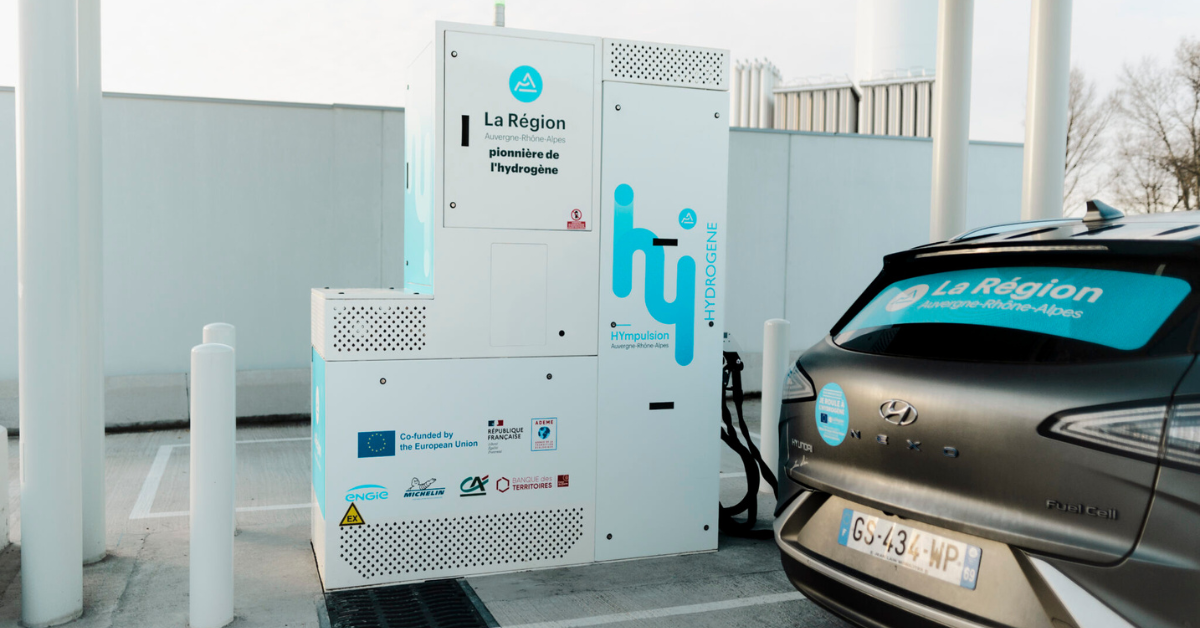Cycling has improved our liveability and reduces the risk of getting seriously ill. Fortunately, the kilometres cycling and walking has increased. Even in a car-focussed city like Los Angeles, the bicycle has become more important. As Director of the Dutch Cycling Embassy Lucas Harms continues: ‘Especially in combination with public transport. This is the only way the bicycle use can increase. The bike can then be a good alternative to the car. In the Netherlands, over 50% of train trips begin with a bike ride.’
For Paris, the bicycle is a means to create a 15-minute city. The Netherlands already is a 15-minute cycling country, but we do not frame it that way because it is self-evident.’- Lucas Harms, Dutch Cycling Embassy
More and more cities have changed the infrastructure and added cycling lanes. According to Pieter Litjens (CROW) this will increase the use of micromobility.‘Show pedestrians and cyclists that you care by giving them a real position in the infrastructure.’ During the Dutch Cycling Embassy Think Bike workshop in Paris in 2019 one of the focuses was intersection design. Director Lucas Harms: ‘Paris is implementing 600km of bike lanes thanks to Mayor Hidalgo's grand vision, but they need expertise as the design of intersections is often the weak link.’
The year of 2021 has also shown a growth in other modes of micromobility but the bicycle. E-scooters is one of them. The Transport for London’s e-scooter trial that began in June 2021, featuring shared micromobility options from Tier, Lime and Dott, has been seen in some transport circles as a significant step towards inclusive, widespread implementation in the near future. However, trials have been prolonged until late 2022. According to The Guardian ‘legislation has been put on hold amid increasing safety concerns over private unregulated e-scooters and scepticism that legal e-scooters can ameliorate congestion or public health.’
Did you know the world already counts 130 Bicycle Mayors motivating people to cycle in their city? Learn from experiences in cities like, Bangalore, Mumbai, Rome or Mexico City.
As Sampo Hietanen pointed out in one of our interviews: ‘Before, we had a car at one end of the spectrum and at the other we had public transport, perhaps a taxi or two in-between. Now we have anything we can imagine, and it all plugs into public transport naturally.’
Mobility as a Service can increase awareness and use of more sustainable modals. Especially in the first and last mile. ‘Thanks to the rise of micro-mobility, the last leg of the trip is not only no longer a problem, it can now even be the best part. It is about asking what people want to choose, not imposing restrictions on them. After all, the way we build a car-free world is not based solely on rational elements; we need things that are beautiful, fun and cool.’
Peter Kuhn summed up the success of Mobility as a Service during Intertraffic ON AIR episode 5:
- Convenience: comfort is very important in choosing your mode of transport
- Seamless: time is everything
- Accessibility: it needs to be accessible and easy to reach and use
- Price: average spend on a car in Europe is around 600 euros. So you can do a lot of things with such a budget and people need to be aware of that.
More on Mobility as a Service >
By 2050, almost 70% of the people are projected to live in urban areas. In most modern cities, the space is designed to allow fast traffic flow, especially aimed at the car. A large part of the public space is occupied by roads that have to take you quickly from A to B. Unfortunately, people lose a lot of time in city traffic jams. The role of cities is admittedly decisive in a paradigm shift, since urban areas are responsible for 70% of emissions. With our cities expected to grow, some experts agree that new urban planning is necessary in order to improve quality of life and save the environment.
Forward-thinking Mayor Anne Hidalgo has ensured that cycling is at the forefront of her inspirational transformation of Paris's transport network by implementing the 15 Minute City (La Ville de Quart d'Heure) project using Dutch principles. Since the outbreak of COVID and even before cities like Copenhagen and Paris have been introducing new urban models. From car-free cities, to superblocks, the compact city to the 15-minute city. All models seem to have the same goal: prioritise walking and cycling to make cities and its citizens healthier.
This is where shared mobility stands. The number of e-hailing trips almost tripled in four years and the number of micromobility trips more than doubled within one year. The e-hailing market accounts for more than 90 percent of consumer spending in shared mobility globally. The investments in the car-sharing market, at approximately $3 billion, are small compared with investments in e-hailing. The number of car-sharing trips remained relatively small and the number of electric-scooter rides increased exponentially.

Visual: McKinsey
John Nuutinen, CEO Skedgo: ‘Scooters and bicycles, whether they’re docked, free-range, electronic or old-fashioned crank driven, are experiencing an unprecedented uptake from consumers looking for alternatives to crowded public transit options. This trend had been predicted by many thought-leaders prior to the pandemic, but its development has been fast-tracked or facilitated by the pandemic. The market is robust and it adjusted accordingly.’
Sandra Witzel, Skedgo adds: ‘Global shared mobility passenger miles are expected to reach 18 per cent by 2035, according to Statistica and pre-Covid, the USA saw 136m shared bike and scooter trips in 2019 – 60% more than in 2018. The evidence is there. The global bike-sharing market is predicted to reach €13.8bn by 2026 and while revenues took a hit during the pandemic, McKinsey states it expects the micro-mobility sector to make a strong recovery.’
Alex Pazuchanics, Head of Policy & Partnerships at Vianova: ‘Ridership numbers in European cities, often eclipsing three trips per device per day, is an indication that scooters are serving more than tourists or the curious, but are beginning to become integrated into the travel habits of residents of large and small European cities. But as shared micromobility begins to transition from being ‘new mobility’ to being simply ‘mobility’, it is important for public transport agencies to begin to think strategically how partnerships with shared mobility operators can expand service reach and deliver better experiences to customers.’
Shared micromobility should not be seen as an add on or competitor mode, but as an integral opportunity to improve the existing range of sustainable transport solutions in a city. – Alex Pazuchanics, Vianova
According to the new report, 'Best foot forward', too many people in their 50s and 60s will remain physically inactive unless neighbourhoods are redesigned to encourage walking and cycling. With cycling accounting for just 3% of all trips by people aged 50-59, we need a new model. According to Karen Vancluysen, Secretary General of Polis, sustainability is more than simply cutting carbon. ‘Achieving the transition to greener, cleaner more resilient transport systems also means affordable, safe, and inclusive services. Truly sustainable mobility is that which caters for everybody, ensuring nobody is left behind. Age, race, gender, socioeconomic status and physical ability shape passengers’ capacity, and therefore willingness, to use more sustainable transport services. Yet, there are many users who continue to be excluded from public transport, shared mobility and active travel. These are some of the most vulnerable and disadvantaged members of society- for whom access to transport networks is crucial to their everyday needs.’
"The underlying principle of the Region’s SUMP is ‘Mobility for all’, guided by the principles of affordability, accessibility, and availability. - Sebastian Schöneck, Policy Officer at region’s the European Office.
‘To be clear, by accessible and inclusive mobility, we mean going beyond basic access obligations. Rail and road transport legislation has long specified requirements for disabled passengers; yet inclusion is not a box ticking exercise, it is more than a blue badge or hand-rail. Creating accessibility requires integrating a range of user needs across an entire journey in ways which truly comprehend, appreciate and value their mobility requirements and aspirations.’
Greater Manchester is seeking to become the UK’s first ‘Age-Friendly City Region’. Here, the over 75’s are 2.3 times more like to be less active than 16-25’s, and by tackling inequalities and the psychosocial barriers to active mobility amongst older adults, Manchester is looking to reverse this trend. From Rotterdam to Ravenna local authorities are prioritising the pedestrian experience while transforming walking into the most obvious, enjoyable and safe means of travel for short trips- for all age groups and abilities. An Antwerp based app, OKO, leverages new AI technology to assist travellers in navigation, crossing and obstacle detection.
Karen concludes: ‘As our sustainable urban mobility offerings expand and develop, disabled, older- and other vulnerable users- need to be placed front and centre. This will only be achieved through collaboration across the entire transport sector, sharing resources and helping one another identify shortcomings and capacity for improvement.‘






